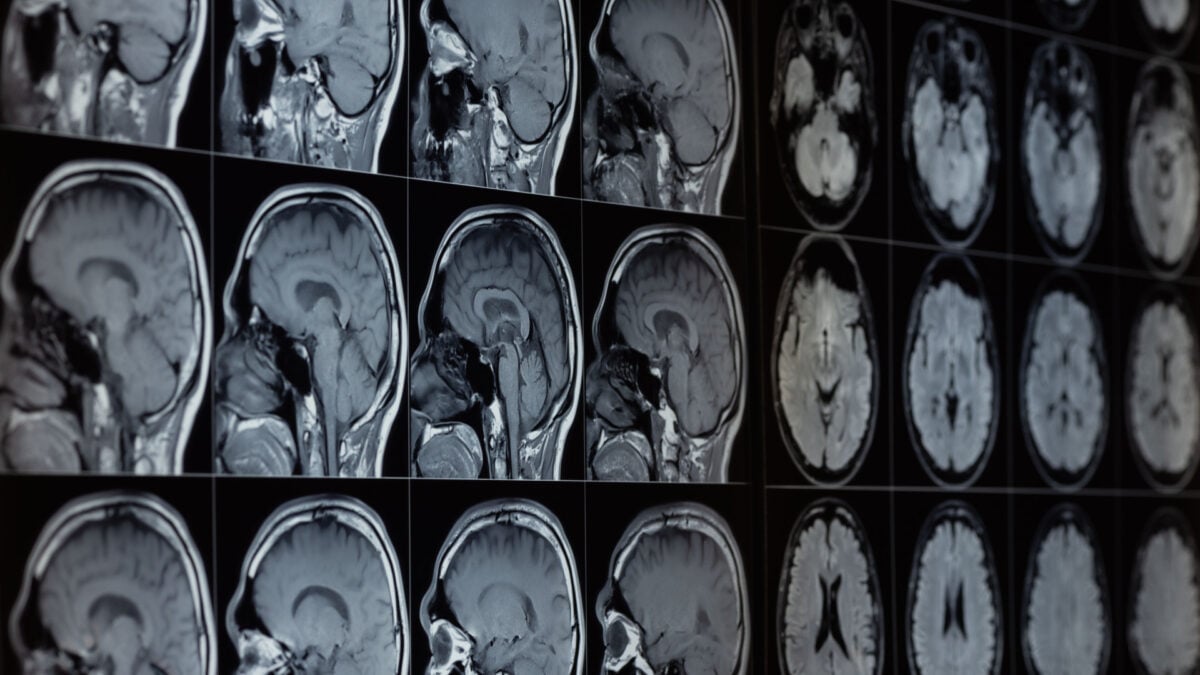This Experimental Weight Loss Drug Works Without the Nausea or Vomiting

What if you could lose weight with a drug that won’t make you lose your lunch at the same time? New research shows it might be possible.
Scientists at the University of Pennsylvania, the University of Kentucky, and other institutions say they’ve found a potentially novel way to suppress people’s appetite and treat obesity—without causing the nausea or vomiting commonly experienced with semaglutide (the active ingredient in Ozempic and Wegovy). In early animal experiments, the team’s experimental drug appears to be working as intended.
Semaglutide and similar drugs mimic the natural GLP-1 hormone, which is important to regulating our insulin production and hunger. As effective as these medications are at helping people lose weight, they have their tradeoffs—most notably a high chance of gastrointestinal side effects. So there’s clearly still a need for improved obesity treatments, according to lead study author Caroline Geisler, an assistant professor at UKY’s College of Pharmacy.
Geisler and her team have been exploring one particular strategy for treating obesity, involving a protein called octadecaneuropeptide, or ODN. ODN is produced by the brain’s glia, specialized cells that support neurons. But glia aren’t just the brain’s support troops, and ODN seems to be important to controlling our sense of hunger.
“Now we know that [glia] play a large role in sensing and communicating the status of the body, and we hope that by targeting a glial signaling molecule, we can engage many energy-regulating pathways in the brain and avoid the side effects of nausea and vomiting,” Geisler told Gizmodo.
The researchers first tested their hypothesis by delivering ODN directly to the hindbrain of rats. Once treated, the rats lost weight and improved their blood sugar control. And when they blocked ODN signaling in rats, the animals exhibited a weaker response to GLP-1 treatment (suggesting its effects are at least partly tied to ODN).
Finally, they indirectly dosed mice, rats, and shrews with an experimental drug derived from ODN, called TDN. In mice, TDN improved blood sugar control; in rats, it caused weight loss without nausea or vomiting; and in shrews (animals commonly used to test motion sickness and vomiting), the drug triggered no puking at all. The drug also appeared to not have any noticeable effects on the animals’ heart rate, movement, and temperature.
“This paper shows for the first time that giving a smaller version of ODN in the periphery is still effective to improve body weight and metabolic control without side effects,” Geisler said.
The team’s findings, published Wednesday in Science Translational Medicine, are only a proof of concept for now. There remain many questions about exactly how ODN works in the brain to tamp down our appetite and control blood sugar. It’s also possible that ODN-based drugs can be further optimized for medical use, though TDN seemed to produce steady weight loss in animals for at least over a week without waning.
Still, the researchers are hopeful this potential new drug class can match or even surpass the effectiveness of today’s GLP-1 therapies while being less of a hassle to take. And they’re now planning to develop such drugs for testing in people. “We have an optimistic timeline that we could be ready to start clinical trials within 2 years,” Geisler said.
The study researchers are hardly the only ones working to introduce the next generation of improved obesity and diabetes treatments. But it’s likely plenty of people would sign up for a safe weight loss drug that comes without the need for a barf bag.







